Are you encountering the dreaded E1 error code on your GE dehumidifier? Don’t worry, we’ve got you covered. We know how frustrating it can be when your dehumidifier stops working, especially if you rely on it to keep your home comfortable and free from excess moisture. So, what exactly does the E1 error code mean, and how can you fix it?
Let’s dive deeper into this common issue that many GE dehumidifier owners face. We’ll explore the possible causes of the E1 error code and provide you with troubleshooting tips to help resolve the problem. By the end of this article, you’ll have a clear understanding of how to tackle the E1 error code and get your dehumidifier back up and running.
Key Takeaways:
- The E1 error code on GE dehumidifiers indicates an issue with the humidity sensor
- Check the sensor wire connection first and consider replacing the sensor if the error persists
- There are various potential issues that can trigger the E1 error on your GE dehumidifier
- Follow our troubleshooting tips to resolve the E1 error code and maintain optimal performance
- If the problem persists, do not hesitate to seek technical support for further assistance
Potential Issues and Solutions for E1 Error Code
The E1 error code on GE dehumidifiers can be frustrating, but understanding the potential issues and their solutions can help you resolve the problem quickly. Here are some common problems that may cause your GE dehumidifier to display the E1 error code:
- Humidity Sensor Malfunction: The E1 error code often indicates an issue with the humidity sensor. The sensor may be faulty or not properly connected. To fix this, check if the sensor wire is securely plugged in at both the sensor and control board. If the wire is loose or damaged, reconnect or replace it to see if the error code clears.
- Excessive Moisture Buildup: High humidity levels can cause excess moisture to accumulate inside the dehumidifier, leading to the E1 error code. Make sure the unit is placed in a room with proper ventilation and not overwhelmed with excessive humidity. Also, check if the water collection bucket is full and needs to be emptied.
- Clogged Air Filter: A dirty or clogged air filter can restrict airflow, hampering the dehumidifier’s ability to function properly. Remove the filter and clean it according to the manufacturer’s instructions. This simple maintenance step can often resolve the E1 error code.
- Power Supply Issues: In some cases, a power surge or interruption can trigger the E1 error code. Start by unplugging the dehumidifier from the power outlet for a few minutes, then plug it back in and see if the error code disappears.
If none of these solutions solve the issue and the E1 error code persists, it may be necessary to contact the manufacturer’s technical support or a qualified technician for further assistance.
Troubleshooting Tips for GE Dehumidifiers
If you are experiencing the E1 error code on your GE dehumidifier, don’t worry – there are several troubleshooting tips you can try to resolve the issue. Follow these steps to tackle the E1 error code and get your dehumidifier back to optimal performance:
1. Check Sensor Wire Connection
The E1 error code often indicates a problem with the humidity sensor. Start by ensuring that the sensor wire is properly connected on both sides – at the sensor and at the control board. Make sure the wire is securely plugged in to eliminate any loose connections that may be causing the error.
2. Clean the Sensor
Over time, dust and debris can accumulate on the humidity sensor, affecting its accuracy. Use a soft cloth or cotton swab to gently clean the sensor. Be careful not to apply too much pressure or use any harsh cleaning agents that may damage the sensor.
3. Reset the Dehumidifier
Resetting the dehumidifier can often resolve minor issues, including the E1 error code. Locate the reset button on your dehumidifier, usually located on the control panel. Press and hold the reset button for a few seconds, then release. Wait for the dehumidifier to restart and see if the error code clears.
4. Power Cycle the Dehumidifier
In some cases, power cycling the dehumidifier can help reset the system and clear the E1 error code. Unplug the dehumidifier from the power source and wait for at least 10 minutes. Then, plug it back in and turn it on. Check if the error code persists.
5. Contact Technical Support
If none of the troubleshooting tips mentioned above resolve the E1 error code on your GE dehumidifier, it may indicate a more complex issue. In such cases, it is recommended to contact technical support for further assistance. They will be able to provide you with detailed guidance tailored to your specific model and address any underlying problems that need professional attention.
By following these troubleshooting tips, you can increase the chances of resolving the E1 error code on your GE dehumidifier and getting it back to working order.
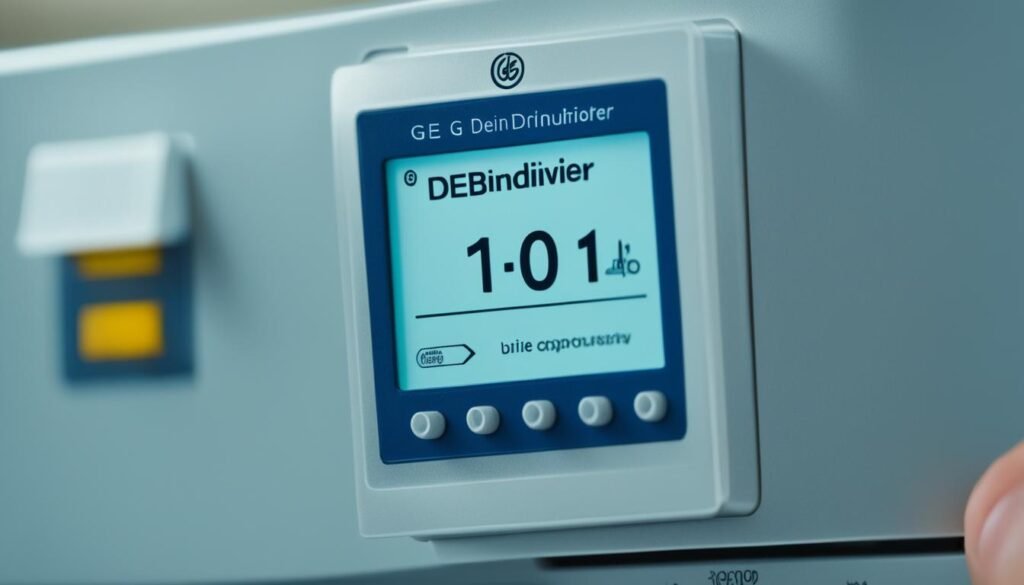
Remember, if the problem persists or you are unsure about performing any troubleshooting steps, it is always best to consult with the manufacturer or seek professional assistance. Don’t hesitate to reach out for help to ensure the safety and proper functioning of your dehumidifier.
Conclusion
Understanding and troubleshooting the E1 error code on GE dehumidifiers can help you resolve the issue and get your dehumidifier working properly again. By following the troubleshooting tips provided in this article and addressing any potential issues, you can effectively fix the E1 error code and maintain the optimal performance of your GE dehumidifier.
If you have checked the humidity sensor wire and it is properly connected on both sides but the error persists, it may be necessary to replace the sensor. In such cases, we recommend reaching out to technical support for further assistance. Their expertise can help diagnose the problem accurately and guide you through the necessary steps to resolve the E1 error code on your GE dehumidifier.
Remember, it’s important to address the E1 error code promptly to prevent further issues and ensure the efficient operation of your dehumidifier. Taking the time to troubleshoot and fix the error code can save you time and money in the long run, as it improves the longevity and performance of your GE dehumidifier.
FAQ
What does the E1 error code on a GE dehumidifier indicate?
The E1 error code on GE dehumidifiers indicates an issue with the humidity sensor.
How can I fix the E1 error code on my GE dehumidifier?
The first step is to check if the sensor wire is properly plugged in on both sides (at the sensor and at the control board). If the wire is plugged in correctly and the error persists, you may need to replace the sensor. It is recommended to contact technical support for assistance.
What are some potential issues and solutions for the E1 error code on GE dehumidifiers?
Some potential issues that can cause the E1 error code are a faulty humidity sensor, a loose or disconnected sensor wire, or a malfunctioning control board. Solutions may include checking the sensor wire connections, replacing the humidity sensor, or seeking assistance from technical support.
What are some troubleshooting tips for GE dehumidifiers when encountering the E1 error code?
Some troubleshooting tips you can try include checking the sensor wire connections, ensuring the dehumidifier is placed in a suitable environment with appropriate humidity levels, and cleaning or replacing the air filter. If the problem persists, it is advised to contact technical support.

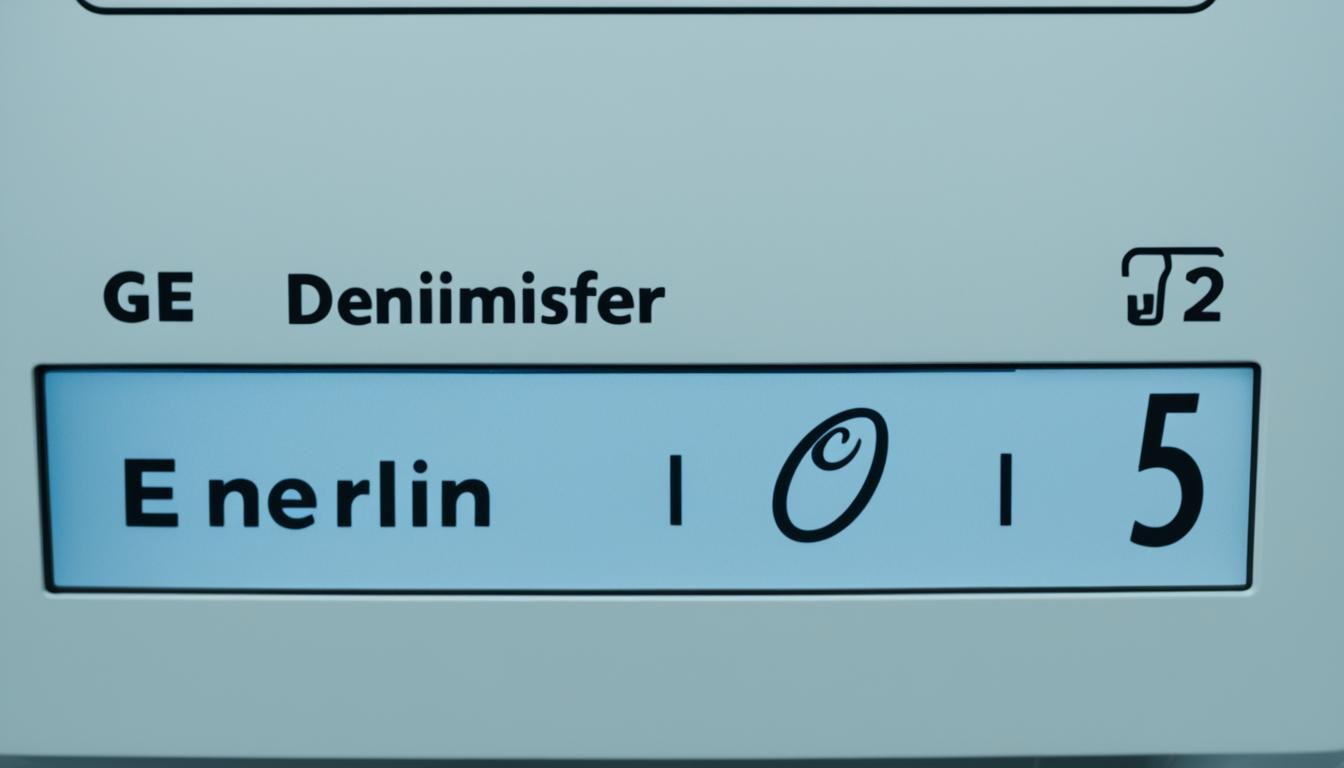
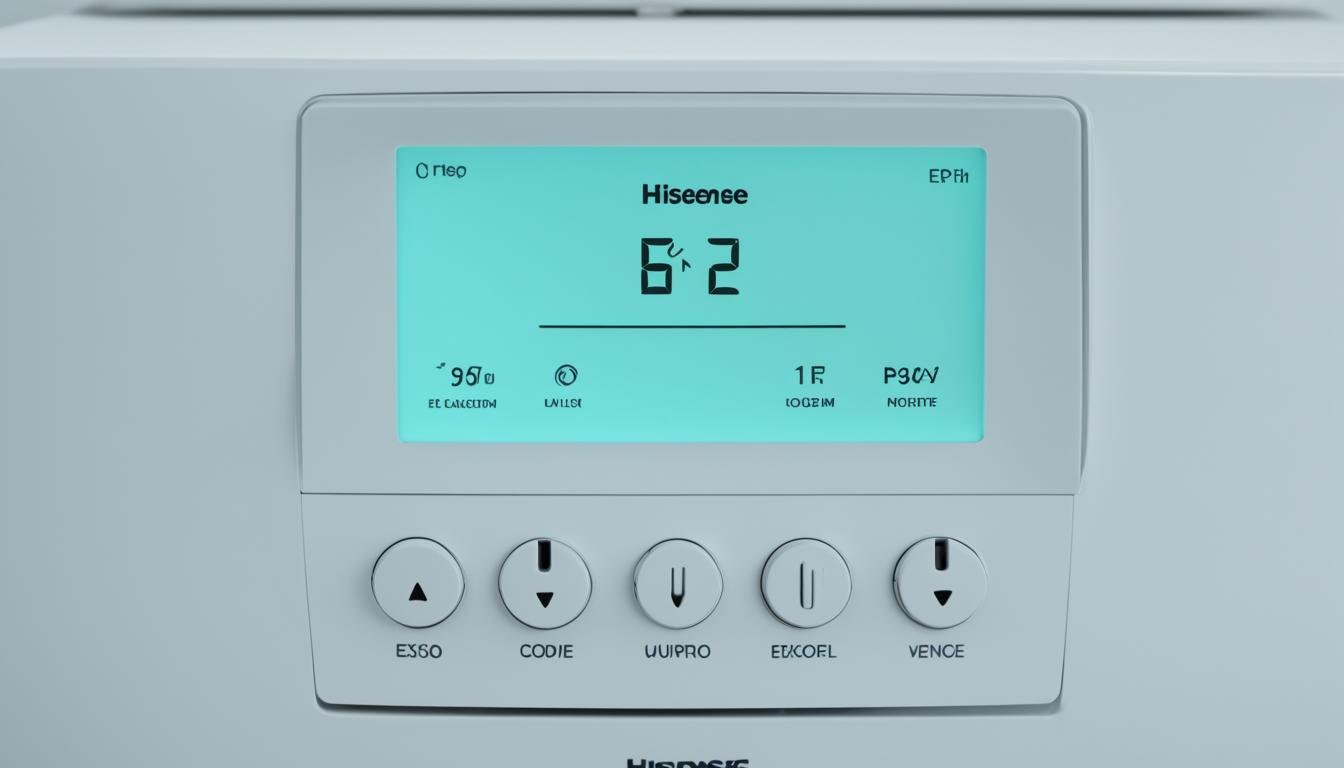
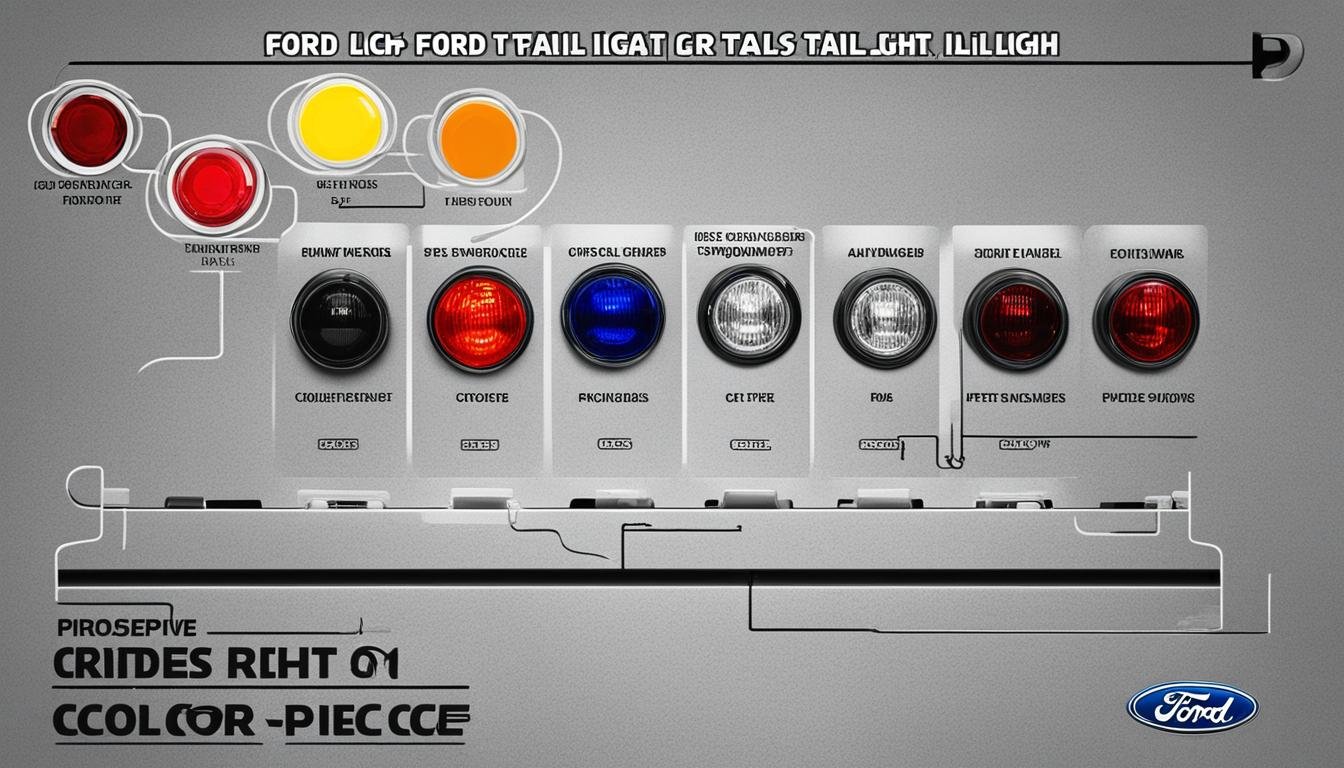
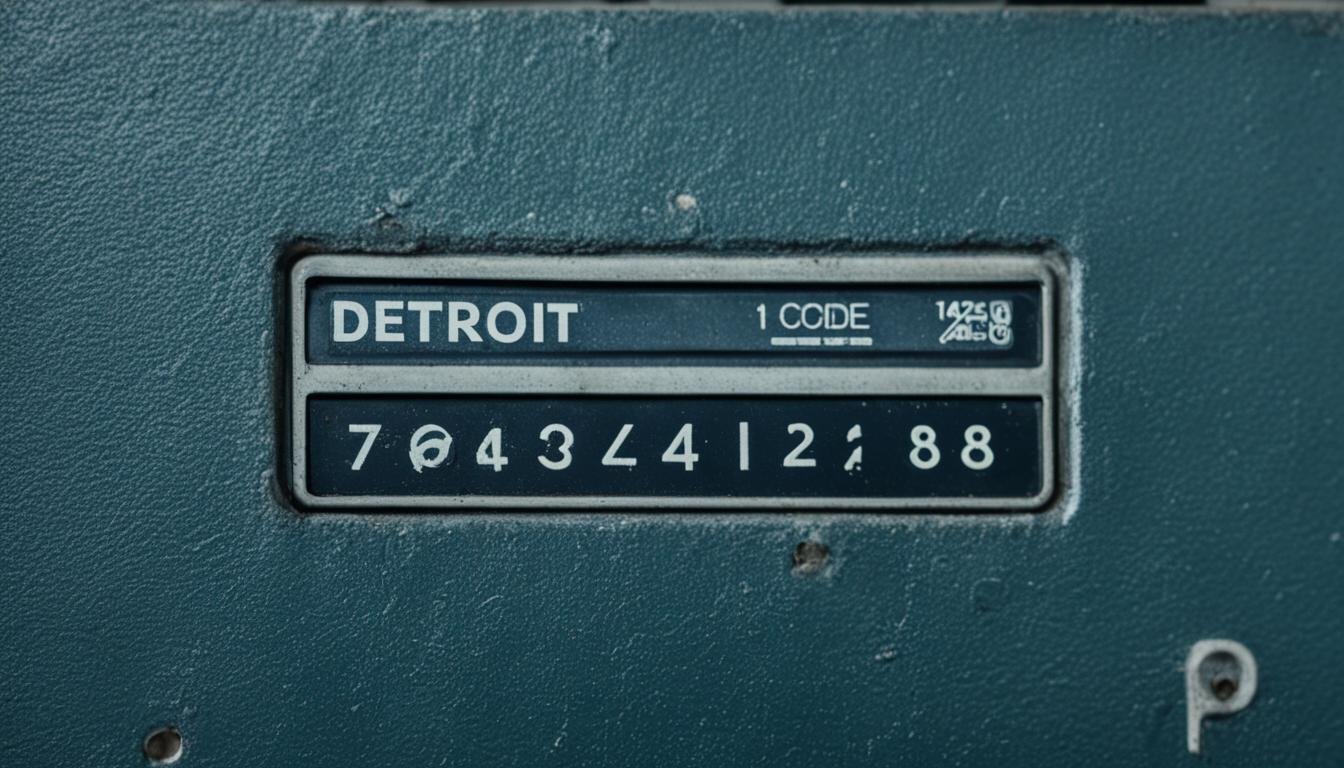

Leave a Reply